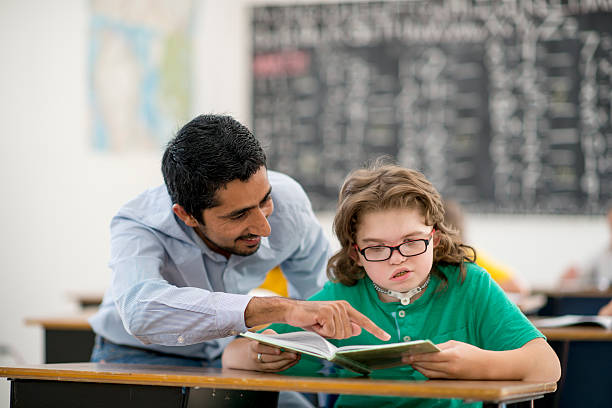Student with disabilities may fall into one of several categories. The most common category is SLD. It has a high prevalence among all three racial/ethnic groups. The remaining categories include other conditions, such as intellectual disability and physical impairment. Regardless of the disability, all students should receive a free, appropriate public education. This includes those with autism spectrum disorders, learning disabilities, and multiple disabilities.

The federal government provides special education services to children with disabilities based on a series of specific categories. Currently, federal regulations categorize students into one of thirteen categories based on their behavior and characteristics. The most common types of disability include learning difficulties, physical disabilities, emotional disturbance, and sensory impairments. Most children with disabilities demonstrate low achievement in at least one of these areas. This makes it necessary for teachers to identify students with specific conditions, and provide appropriate education.
The federal taxonomy has not changed much since its inception in 1975. These categories were originally defined as “physical or mental impairment” and “orthopedically impaired” respectively. In 1990, the law added a separate category for “autism,” which was previously included in the category for “orthopedically impaired” students. In 1997, however, the IDEA Amendments changed the word “seriously” to “severely impaired.”
Despite being a federal law, states are not required to adopt federal disability categories. Their classification practices vary significantly from place to place. The names of the categories, the criteria for eligibility determination, and the definition of each category are also subject to substantial variation. This variation in categories leads to widespread misunderstanding among professionals and the general public. The bearers of these labels find these terms uncomfortable and objectionable. And as a result, many students with disabilities are placed into a category that is inappropriate.
There are several factors to consider when deciding which category to use. The age and disability category must be valid for the purposes of the child’s educational program. For instance, a specific disability may not be considered a general learning disability. A specific learning disability will not cause the student to learn as fast as a typical child. Therefore, it is crucial to make sure the school environment is adapted to the specific needs of the child.
There are various types of disabilities, and they are all different types of students with particular needs. Most students with special needs will be placed into a category that suits their needs. The U.S. Department of Education’s definition of disability is complex, with many different aspects to consider. But it is important to note that children with certain learning disabilities do not have equal educational needs in all circumstances. A child’s ability to understand and express himself can influence the education system.

